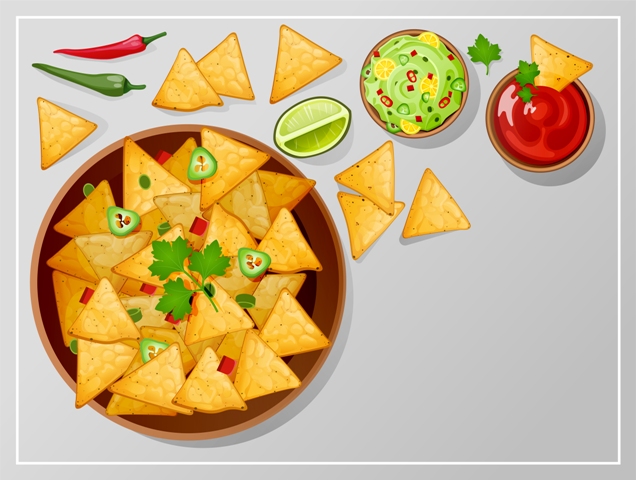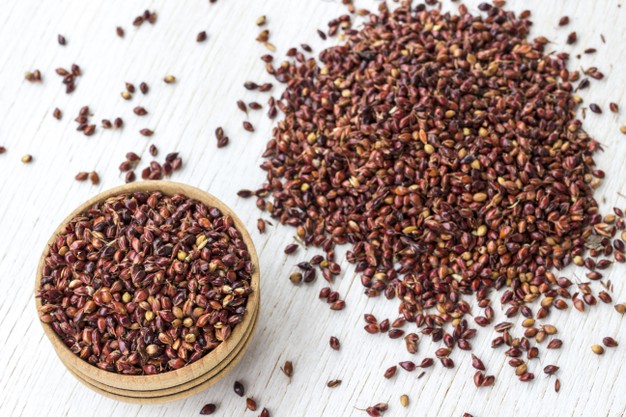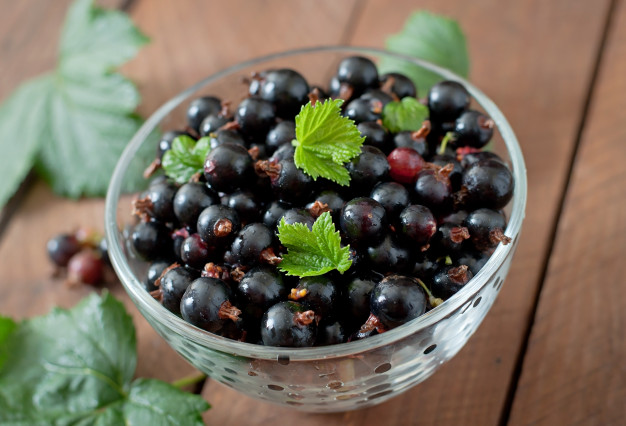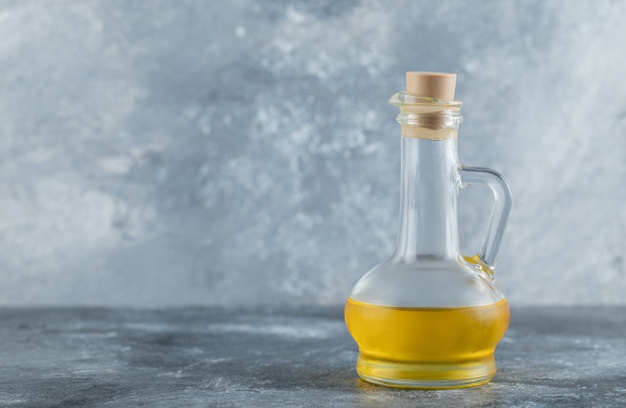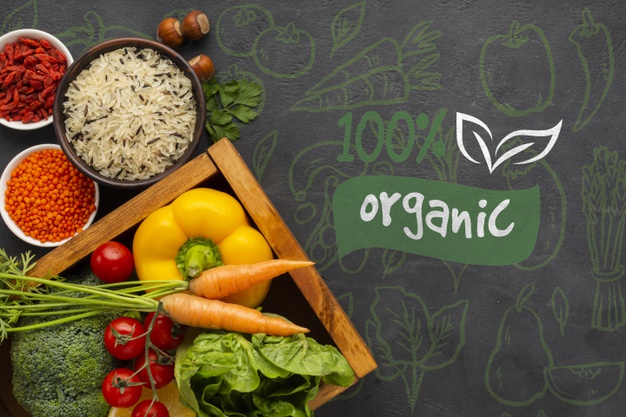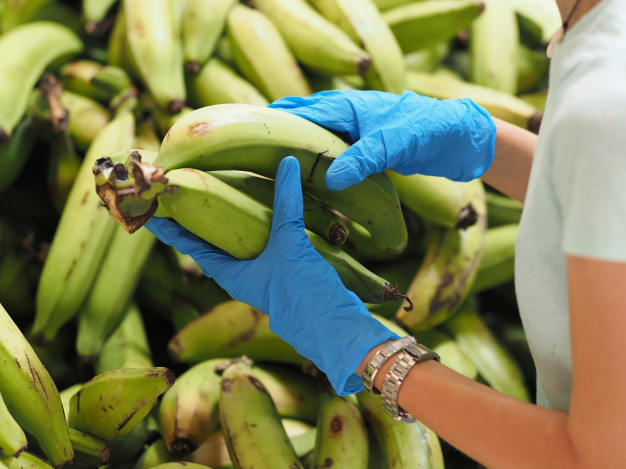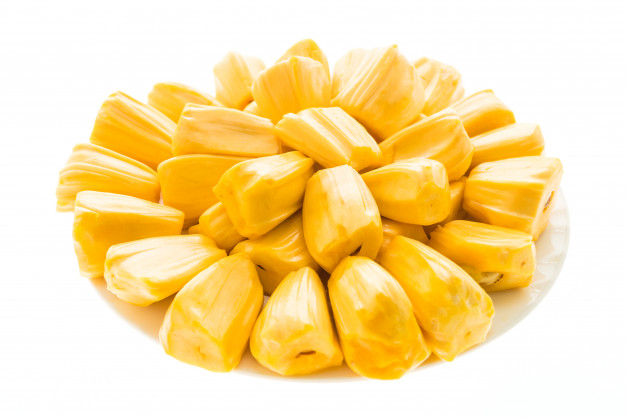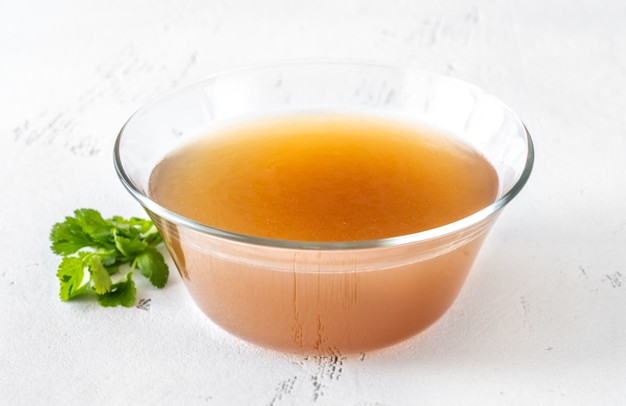Salsa is a low calorie condiment, widely used for Mexican-American and Mexican foods. It has been traditionally used as dips for tortilla chips as well. It is mainly prepared by combining tomatoes, chilies, avocadoes, spices and lemon juice and has been extensively used for various therapeutic and culinary purposes.
Nutritional profile
- It contains lesser amount of carbohydrates thus it is considered as a low glycemic food
- It contains desirable amount of fibres
- It contains too some extent of proteins
- It is considered as a low fat food. It contains lesser amount of both saturated and unsaturated fatty acids
- It contains several vitamins that play numerous imperative biological functions like its Vitamin A component is responsible for improving eye health. Its Vitamin C component plays imperative role in stimulating the production of collagen, WBC etc. It also acts as antioxidant. Its Vitamin K component is also very effective for strengthening skeletal health and it also helps in blood coagulation. It is also packed with B vitamins that play vital role in boosting up the overall metabolism
- It is loaded with numerous important trace elements as well, which include calcium, phosphorus, sodium, potassium, magnesium and iron
Biologically active plant compounds
It contains various important biologically active components, which offer several health benefits like –
- Beta carotene – it exerts antioxidant activity and also plays significant role in improving Vitamin A status in body as it is converted into Vitamin A in body and promotes eye health
- Lycopene – it is basically a pigment, which is responsible for imparting colour especially red colour and it is mainly present in tomato, which is considered as one of the most important ingredients of salsa. Whereas it exhibits antioxidant activity as well
- Chlorogenic acid – it acts as a strong antioxidant and also plays significant role in preventing hypertension
- Naringenin – it is a flavonoid, it is responsible for exerting antioxidant and anti-inflammatory activities

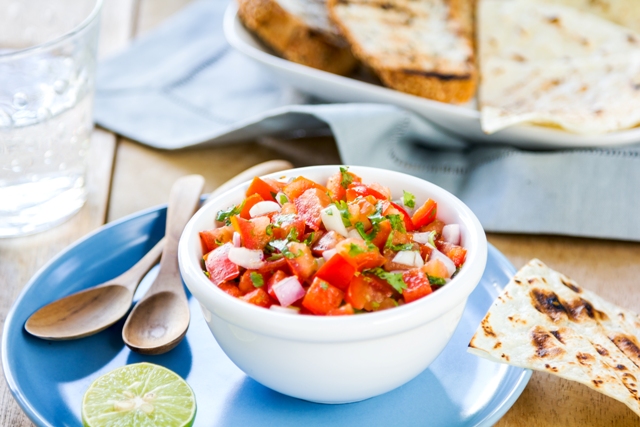
Biological activity
Antioxidant activity
- It is loaded with micronutrients and several biologically important plant components, all of which are accountable for exerting antioxidant activities
- It plays significant role in decreasing the concentration of free radicals in body, which ultimately helps to reduce oxidative stress as a result, lowers the risk of developing chronic diseases in many folds
- It is also associated with reducing the concentration of reactive oxygen species and protects the body from their harmful effects
- It protects the body from the detrimental effects of lipid peroxidation too
- It is also related with protecting every important biological substances of body from oxidative damages thus help in sustaining their activity

Anti-carcinogenic activity
- It contains various important biologically active substances that exhibit anti-carcinogenic activities, among which lycopene is considered as the most vital anti-carcinogenic component
- Another important feature of salsa on cancer prevention is focused on its oxidative stress reducing activity. We know that oxidative stress is recognized as one of the most leading causes of carcinoma and as salsa helps to decrease oxidative stress thus its consumption is thought to be linked with lowering the risk of developing cancers
- It is extremely effective for decreasing the prevalence of stomach, prostate, lung, intestinal and urinary cancer
Health benefits
Role on immunity
- It plays significant role in boosting up the overall immunity of body as it contains numerous immune boosting nutrients
- Its Vitamin C component is responsible for stimulating the production of WBC, which helps the body to fight against infections. Whereas Vitamin C found in salsa is also associated with enhancing the synthesis of collagen that helps to promote the health as well as the activity of connective tissue and also accelerates wound healing process
- Its antioxidant activity is also related with protecting every immune cell from oxidative damages as a result helps in sustaining their activity, which subsequently improves body’s resistance power

Role on lipolysis
- Consumption of salsa helps to facilitate weight reduction, as it contains various important components like capsaicin, jalapeños etc that stimulates fat breakdown
- It is also associated with enhancing the catabolic rate of body. Moreover its consumption is very effective for maintaining a healthy body weight as it reduces the risk of gaining weight
- It helps to decrease the volume of fatty tissue in body, which plays significant role in reducing the prevalence of visceral obesity
- It also helps in decreasing accumulation of fat within body, which eventually reduces the risk of developing various chronic diseases like coronary artery disease, hepatic disorders, gastrointestinal disorders, renal disorders etc
Role on hydration
- Consumption of salsa is considered as one of the important measures of hydration as it is composed of tomatoes, which contain about 95% of water
- It is very effective for preventing dehydration whereas its consumption is also very effective for maintaining healthy water and electrolyte balance in body
Role on cardiac health
- Salsa is considered as an important therapeutic substance for cardiac health
- Its beta-carotene and lycopene components play important role in decreasing the concentration of LDL, VLDL and triglyceride in body, which ultimately decreases the risk of developing atherosclerosis
- Its consumption is also associated with improving endothelial functions as it is linked with decreasing the prevalence of blood vessels hardening by inhibiting fat deposition within vessels
- Its antioxidant activity is also accountable for protecting heart from oxidative damages, which ultimately helps to promote cardiac functions and decreases the prevalence of cardio vascular diseases
- Its potassium component plays vital role in preventing hypertension
- It is also very effective for lowering the prevalence of heart attack and strokes

Role on eye health
- It plays significant role in improving overall eye health as it contains two most important components named lycopene and beta-carotene
- It is also associated with protecting cornea from oxidative damages
- It helps in improving vision as well
- Individual suffer from eye disorders like cataract or macular degeneration or night blindness etc can include salsa in their diet for improving their symptoms
Hypoglycemic effects
- Salsa is mainly composed of vegetables, which contain lots of fibre and generally vegetables are low in fats as well as carbohydrates thus salsa is considered as a healthy option for diabetic patients
- It helps to reduce the concentration of glucose in blood
- Its fibre component is also responsible for decreasing postprandial blood sugar concentration as fibre helps to inhibit the absorption of glucose from intestinal epithelial cells

Role on skin
- It helps to make the skin healthy and supple
- Vitamin C present in salsa helps in collagen synthesis, which helps to improve skin elasticity
- It helps to prevent ageing as well
- It is also associated with protecting the skin from oxidative damages
- It helps to protect the skin from sunburn too
Culinary uses
- It can be added to vegetables before consumption
- It can also be used as topping agent for grilled fish
- It can be consumed with tofu as well
- It can also be consumed with scrambled egg
- It can be consumed with salads
- Chips can also be dipped into salsa before consumption
Risk factors
Excessive consumption of salsa may increase the risk of hypertension due to its high salt content. It may also develop digestive issues thus it is better to consume it in moderation.
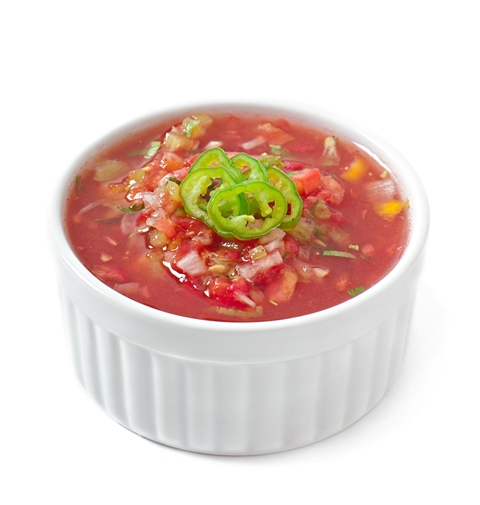
Source:
Cárdenas-Castro, A.P., del Carmen Perales-Vazquez, G., Laura, A., Zamora-Gasga, V.M., Ruiz-Valdiviezo, V.M., Alvarez-Parrilla, E. and Sáyago-Ayerdi, S.G., 2019. Sauces: An undiscovered healthy complement in Mexican cuisine. International Journal of Gastronomy and Food Science, 17, p.100154.
Collins, J.K., Perkins-Veazie, P. and Roberts, W., 2006. Lycopene: from plants to humans. HortScience, 41(5), pp.1135-1144.
Neetoo, H. and Chen, H., 2012. High pressure inactivation of Salmonella on Jalapeño and Serrano peppers destined for direct consumption or as ingredients in Mexican salsa and guacamole. International journal of food microbiology, 156(3), pp.197-203.
Tausend, M., 2012. Salsas y Encurtidos. Salsas and Condiments. In La Cocina Mexicana (pp. 27-46). University of California Press.
Valerino-Perea, S., Lara-Castor, L., Armstrong, M.E.G. and Papadaki, A., 2019. Definition of the traditional Mexican diet and its role in health: a systematic review. Nutrients, 11(11), p.2803.
